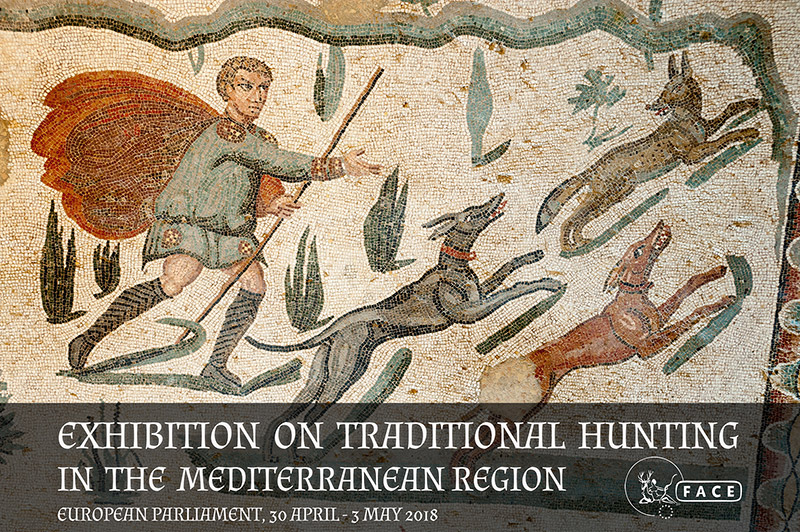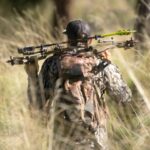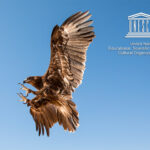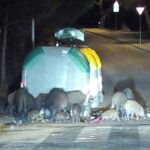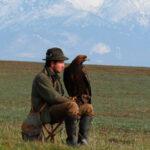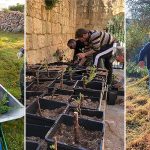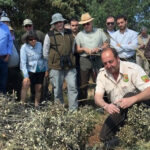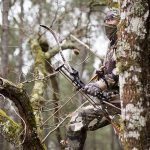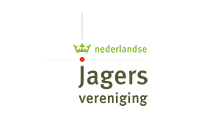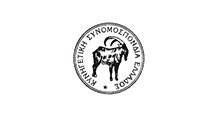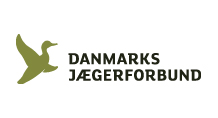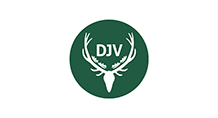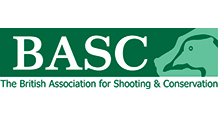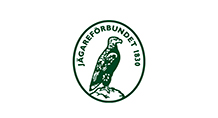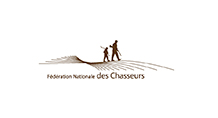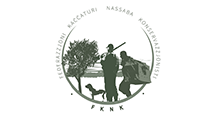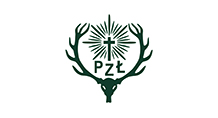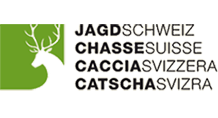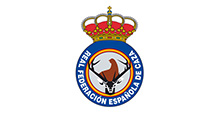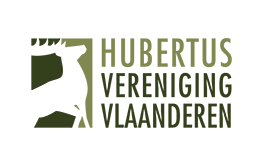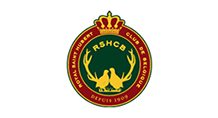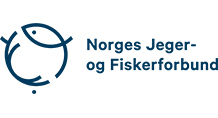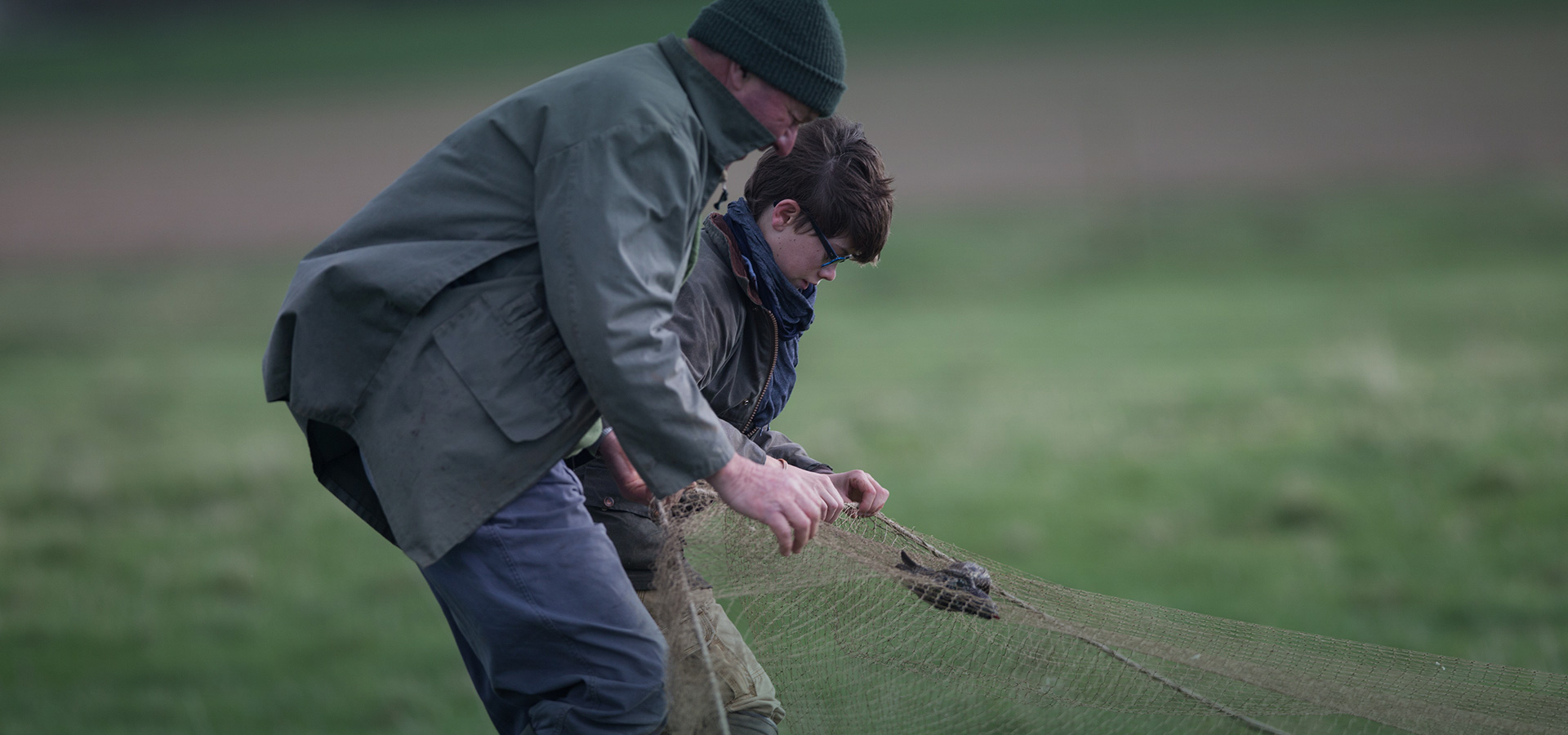
Trapping
It is also used to minimise environmental damage or to assist conservation by helping to control over-abundant or alien invasive species, or for relocation.It is an equally valuable research method, for example to fit individuals with markers or transmitters to follow their movements. Since many mammals are predominantly nocturnal, or are present around buildings or settlements, trapping is often the safest method for restraint.
TRAPPING IS A LEGITIMATE AND INDISPENSABLE ACTIVITY FOR REGULATING WILDLIFE POPULATIONS
Without trapping, overpopulation of certain species – including invasive alien species – can occur, with serious potential consequences for human health, private property and ecosystems. FACE supports the development in Europe of certification systems for trap-types based upon international standards within the framework of the AIHTS (Agreement on International Humane Trapping Standards).
FACE strongly advocates international cooperation in the certification of trap types and offers its expertise in this field. In addition to trap standards, FACE recognises the importance of best practice and methods to ensure a high standard of welfare for the trapped animals.
BEST PRACTICE GUIDELINES ON TRAPPING MAMMALS IN EUROPE
These guidelines are meant for trappers, authorities, NGOs and other parties interested in trapping of mammals. The information presented in this document refers to specific species and guidelines for trapping them while ensuring a high standard of welfare for the trapped animals and minimising any non-target captures.
UPDATING OF BEST PRACTICE GUIDELINES
The practice of trapping is continually developing to ensure better selectivity and improved welfare for trapped animals. This document will be updated on regular basis, so check back regularly for latest information.

